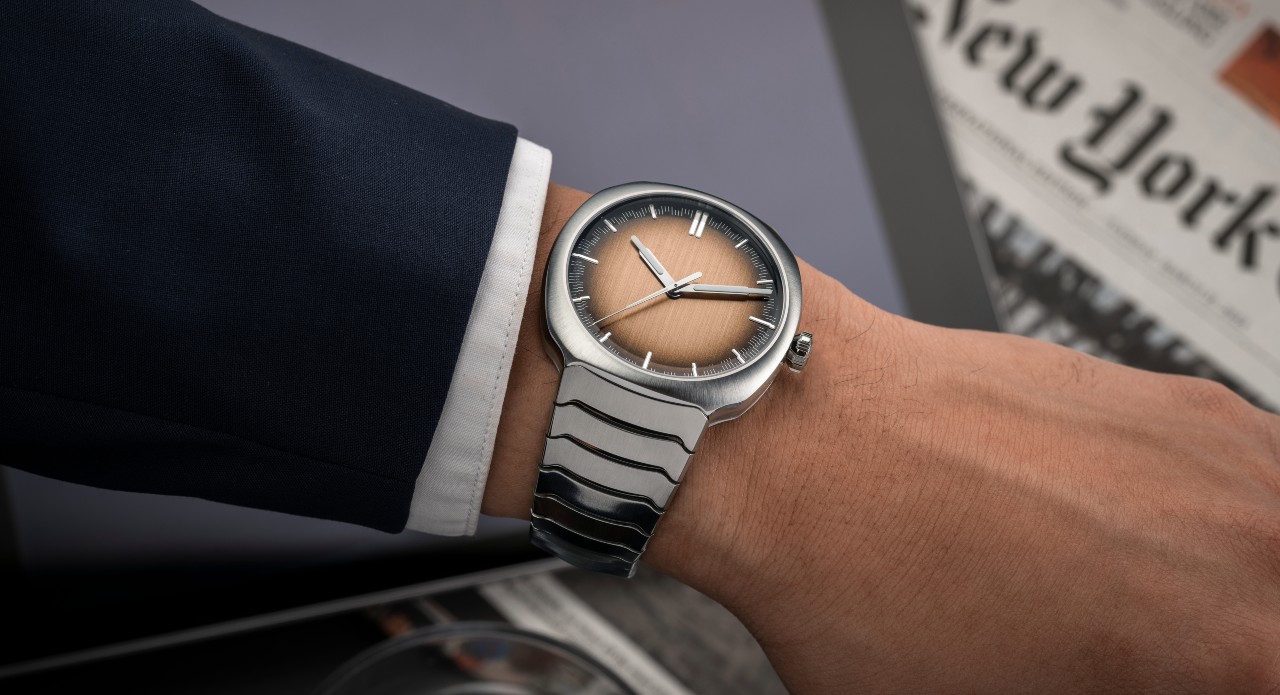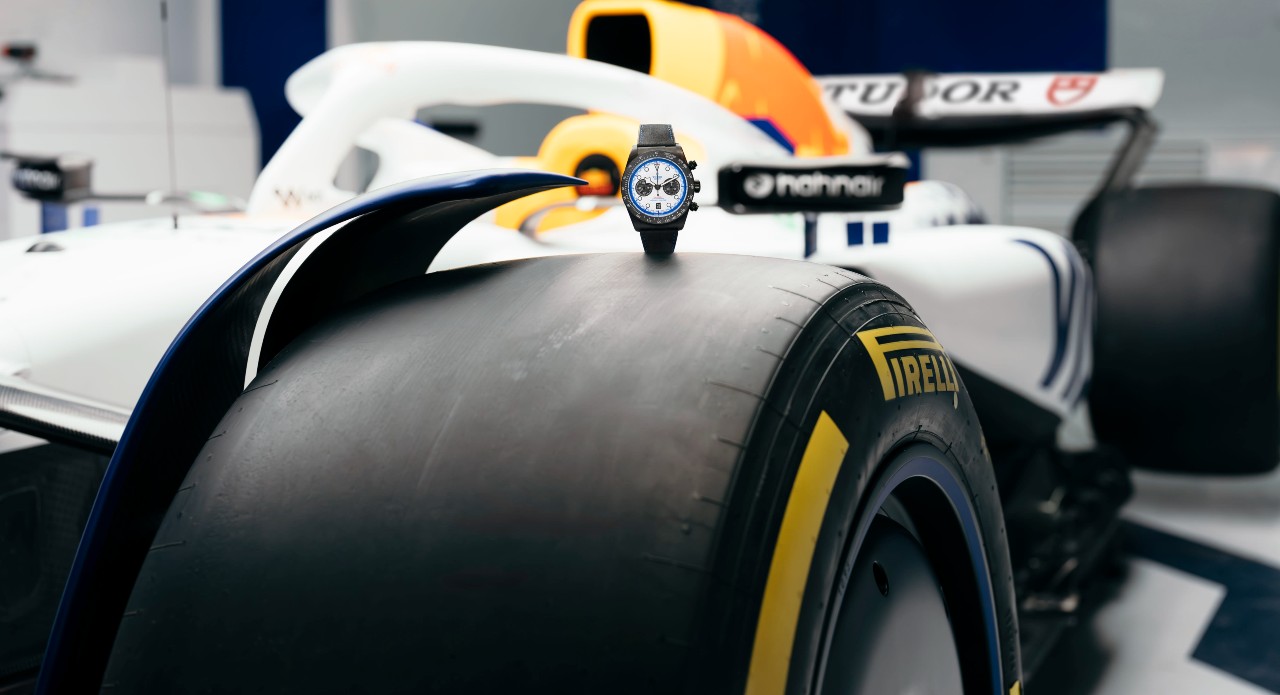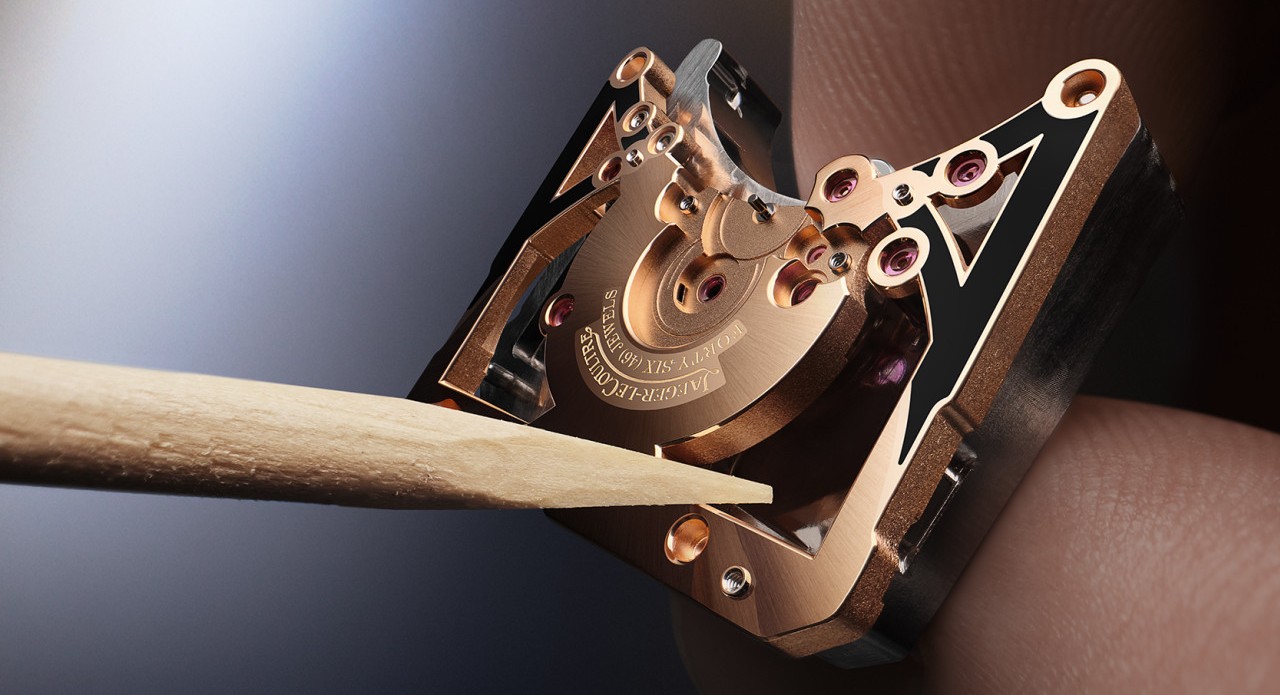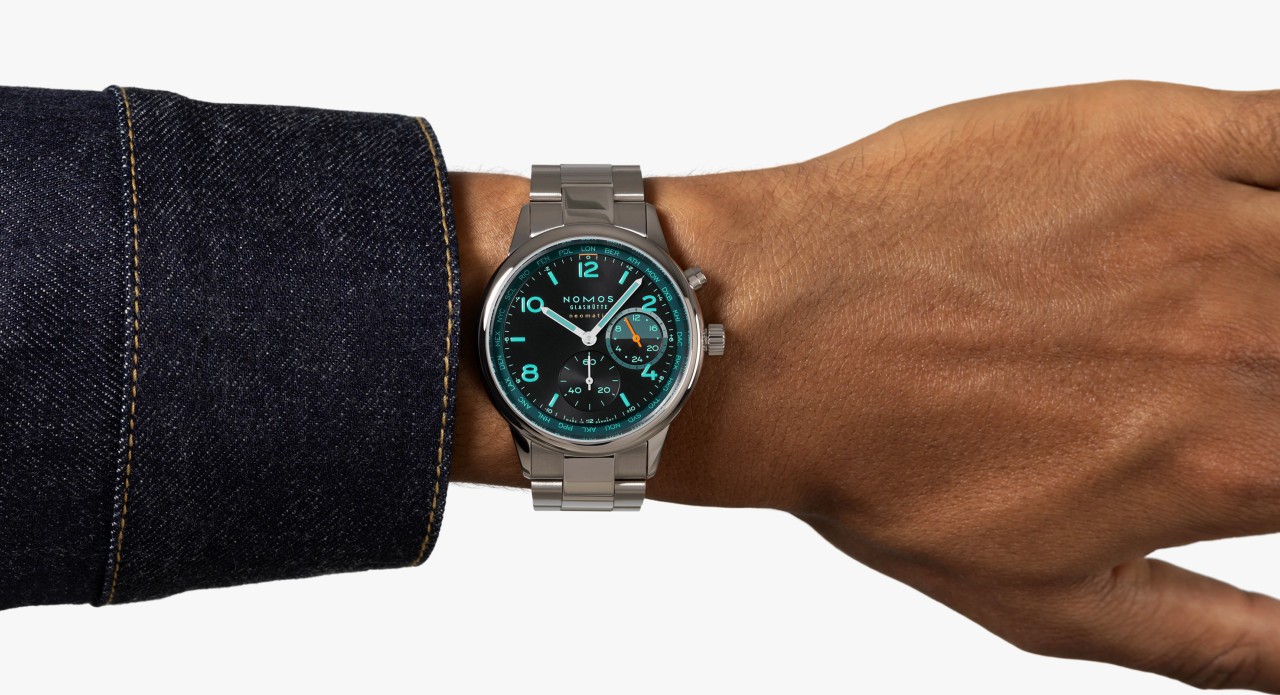Few watches command the kind of reverence the Rolex Submariner enjoys. It is not merely a timepiece—it is a cultural artefact, a design blueprint, and a symbol of durability forged under pressure. The Submariner occupies a rare place where professional utility meets cinematic glamour, where engineering rigor meets timeless aesthetics. Its journey from the deep sea to the mainstream wrist is a story of invention, adventure, and enduring desirability.
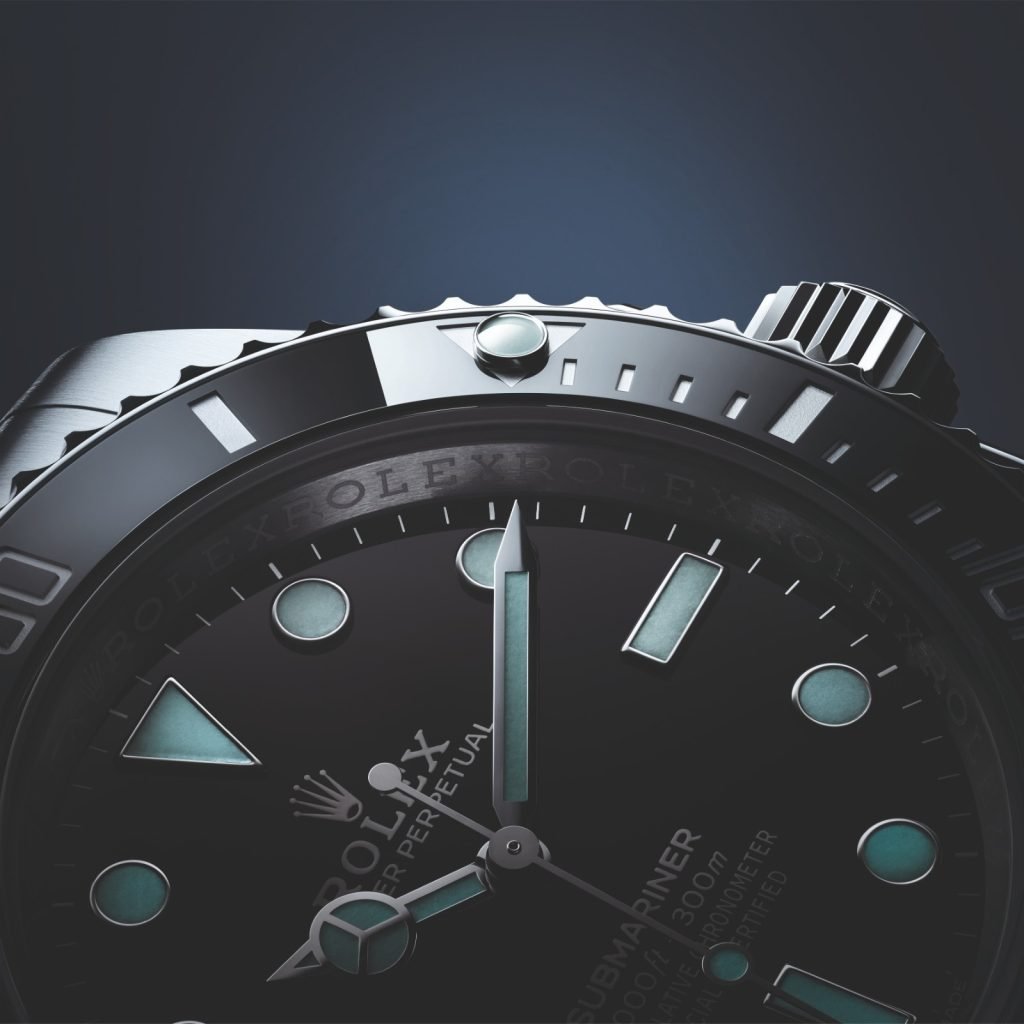
The story of the Submariner begins in the early 1950s, when scuba diving was entering a golden era. Humans were learning to push deeper, stay longer, and understand the ocean with newfound enthusiasm. Rolex, already known for pioneering waterproof timekeeping with the Oyster case, recognised the need for a watch that divers could trust in environments where failure was non-negotiable. The brand had experimented with waterproof designs for decades, but the Submariner was to become something entirely new: a purpose-built diving instrument engineered for survival.
In 1953, Rolex unveiled the first Submariner, reference 6204, boasting a then-remarkable 100-metre water resistance. Its unidirectional rotating bezel—a revolutionary concept for the time—allowed divers to track their immersion time safely. A luminous dial, oversized markers, and the now-iconic Mercedes hands ensured legibility in murky depths. The Submariner was not just prepared for the ocean; it was designed to thrive in it. When Rolex tested prototypes with legendary diver Jacques-Yves Cousteau, the results showed the watch could withstand the punishing conditions of the underwater world. It passed every trial, paving the way for its official release.
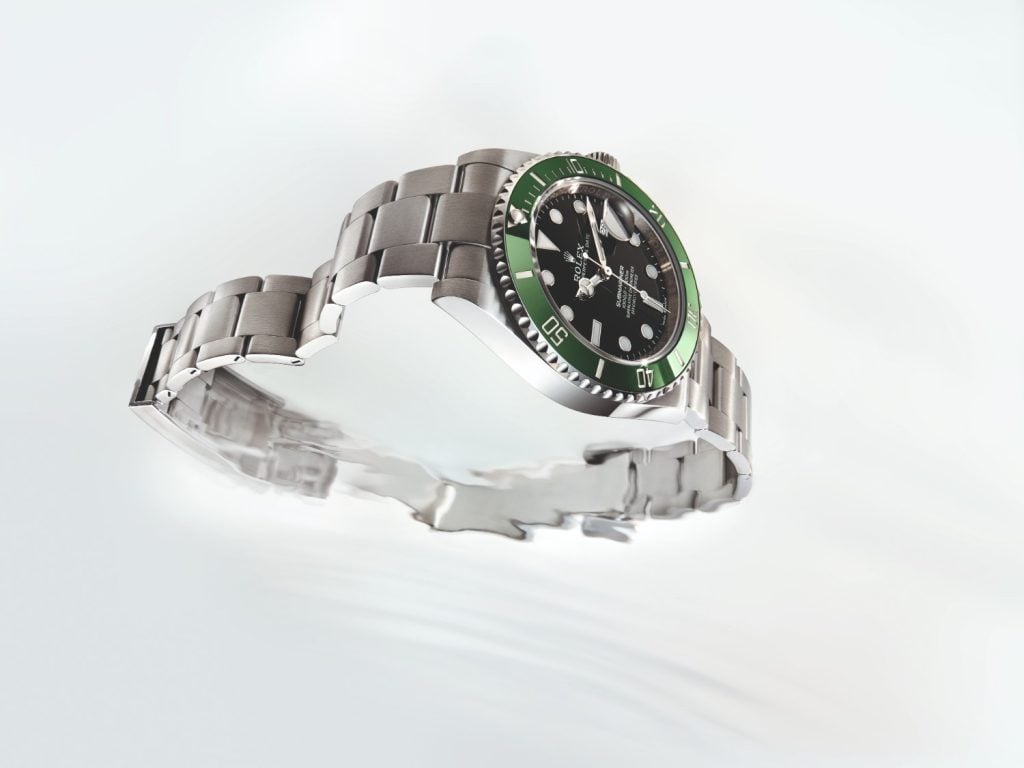
As the 1960s unfolded, the Submariner evolved from a tool for professionals to an object of desire for a wider audience. References such as the 5512 and 5513 introduced crown guards, refined proportions, and the COSC-certified calibre that bolstered Rolex’s reputation for accuracy. The Submariner became more robust, more balanced, and unmistakably more iconic. This era also brought the watch its first brush with Hollywood stardom. When Sean Connery wore a Submariner in the early James Bond films, the watch transcended its utilitarian origins. It became a statement—one that whispered sophistication and adventure in equal measure.
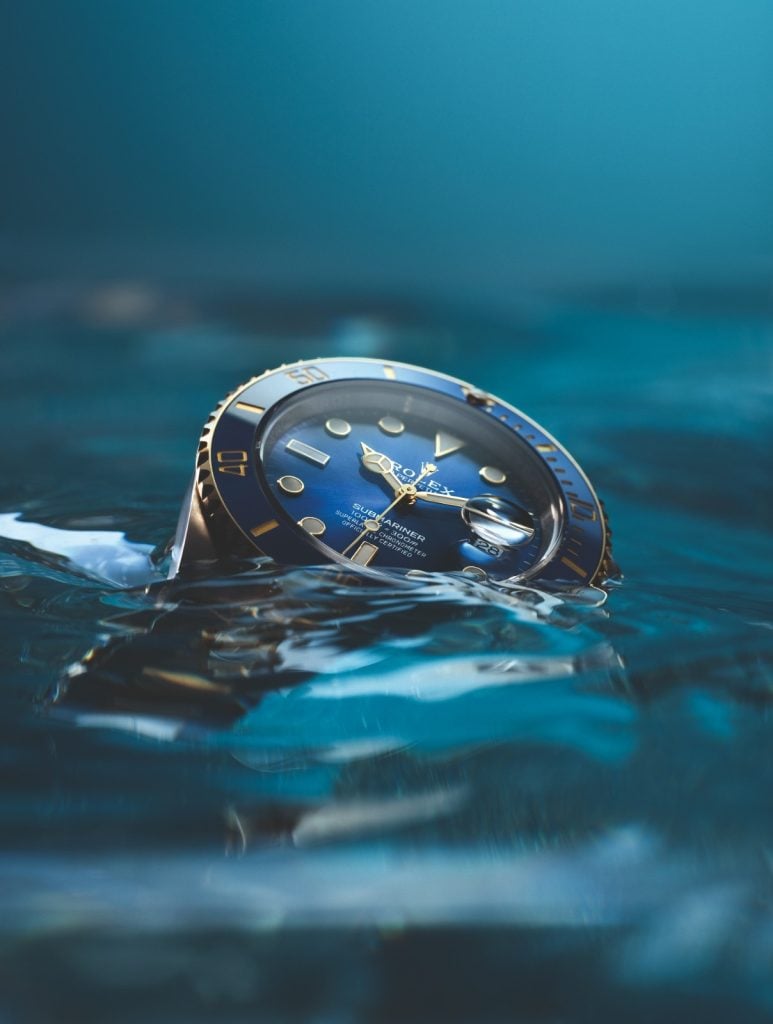
The 1970s and 1980s saw the Submariner solidify its design language. Whether with a date window (introduced in 1969 with the 1680) or in its pure no-date form, the watch maintained its essential aesthetic. It grew only subtly, gaining improved movements, sapphire crystals, and greater water resistance. Rolex’s commitment to incremental, purposeful improvements ensured that the Submariner never lost its character. Every update honored its heritage while pushing forward—an ethos that would become a hallmark of the brand.
By the 1990s and early 2000s, the Submariner had cemented its place as the world’s most sought-after luxury sports watch. Models like the 16610 and 14060 became ubiquitous among collectors, professionals, and enthusiasts alike. They embodied a paradoxical blend of ruggedness and refinement—they could accompany a diver on a 300-metre plunge or a CEO into a boardroom with equal elegance. This dual identity is one of the reasons the Submariner remains unmatched: it is a tool watch that evolved without losing its roots, a luxury object that never forgot its purpose.

The modern era, beginning with the ceramic-bezel generation in 2010, has ushered in a period of technical brilliance. Rolex introduced its scratch-resistant Cerachrom bezel, improved lume, and high-efficiency movements like the calibre 3235. The Submariner grew subtly to a 41mm case, yet retained its instantly recognisable silhouette. The watch became even more precise, more durable, and more luxurious—yet unmistakably a Submariner.
Today, more than seven decades after its debut, the Rolex Submariner remains the definitive dive watch. It is the benchmark against which all others are measured. It is a piece of engineering that has become a design classic. And perhaps most remarkably, it is a watch whose story continues to evolve without ever straying from the blueprint that made it legendary.
The Submariner is not just part of horological history—it wrote a chapter of its own. And whether on the wrist of a diver, a movie hero, or a modern collector, its legacy continues to shine with the same clarity as the luminescent markers glowing beneath the waves.






